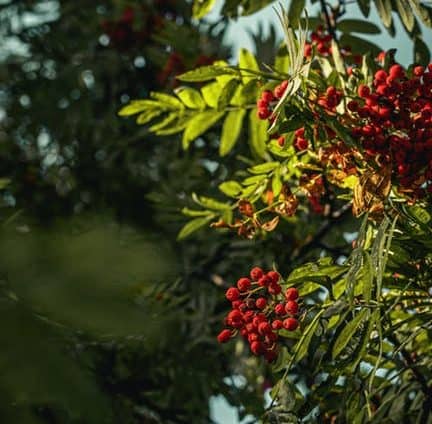Essentials for Mature Tree Maintenance

Essentials for Mature Tree Maintenance
Got a beautiful, big tree in your back yard?
Think of all the moments its seen, the stories its heard and how a long time back, it was just a wee sprout. What a fantastic celebration of life! Unfortunately, if not cared for properly, these older trees are more susceptible to disease and can often lose their vitality.
However, as a responsible tree owner, there are a few things you can do to ensure that this does not happen. So, let’s look into a few things you can do to practice tree maintenance!
Manage the Soil
There is so much that goes into tree growth, and soil management is a huge determinant. It’s one of the main sources of your tree’s nutrients, and a nutrient deficiency in your tree usually reflects poorly on your soil quality.
However, there is another factor that comes into play here – your soil’s pH levels. If your soil’s pH levels are not favorable to your tree, it may prevent the proper absorption of nutrition. A few ways you can remedy this is by mulching your trees (discussed below) or getting your soil tested through an arborist.
Trimming and Pruning
Old trees, especially large ones need to be trimmed and pruned for several reasons. For one, it prevents the spread of disease, by removing infected branches. For another, it might be necessary to cut off branches infested with pests or parasites.
However, while caring for your tree, make sure you are taking all the safety precautions you can. If the process involves climbing or accessing difficult locations, consider getting an expert to do it for you.
Another word of caution – be very mindful of what you are pruning. Do not chop off healthy branches or bark, as this can be extremely harmful to your tree.
Mulching for Tree Maintenance
Mulching can help create a relatively moderate root environment for your trees. This is particularly important for trees growing in soils that are frequently prone to extreme changes. The mulch will also prevent the spread of weeds towards the base of your tree, keeping it free from nutrient stealing competition.
Arrange for a Tree Inspection
As trees get older they become far more susceptible to diseases. The untrained eye may not be able to spot these signs or symptoms. So, having an experienced arborist look into the vitality of your trees at least once a year is a must. This will help you catch life-threatening diseases or environmental threats sooner, and treat them effectively.
When Should You Remove Your Tree?
Now a difficult part of tree maintenance is realizing that it might be in your tree’s best interest to have it removed. This is something you may have to do if your tree is dying, causing harm to nearby trees or has an irreversible infestation.
Additionally, your tree could also be more hindrance than a help to your community, and the general consensus might require its removal. In circumstances like these, you should definitely consider hiring an ISA certified arborist to help you explore your options.
Wondering if you should have your tree removed? Check out this guide to understanding whether or not you should!



You must be logged in to post a comment.